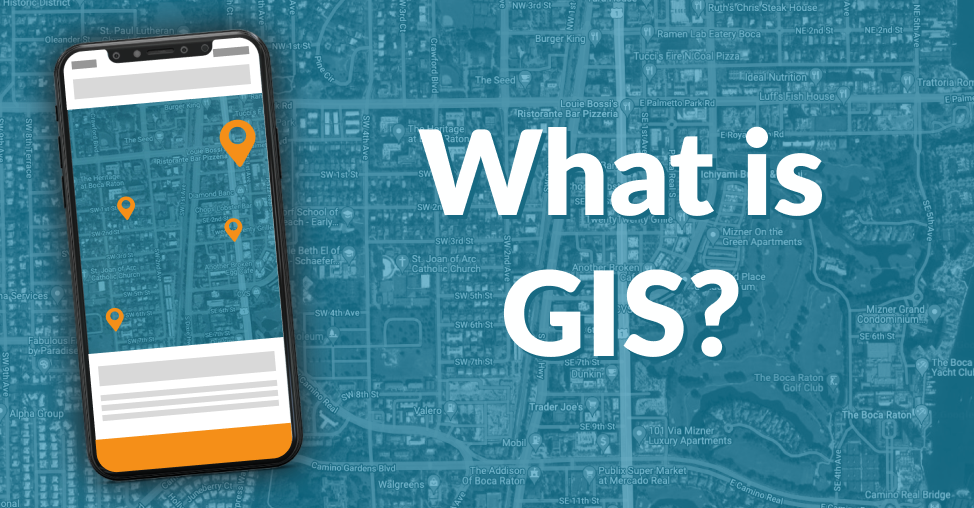Recent Posts
Introduction
In today's fast-paced digital landscape, delivering exceptional user experiences has become a key differentiator for businesses striving to stay ahead of the competition. Companies that prioritize user-centric design and optimize their business processes gain a significant advantage in attracting and retaining customers. In this blog, we will delve into the significance of UX and Business Flow research and how it can transform your business.
Introduction
In today's fast-paced digital landscape, delivering exceptional user experiences has become a key differentiator for businesses striving to stay ahead of the competition. Companies that prioritize user-centric design and optimize their business processes gain a significant advantage in attracting and retaining customers. In this blog, we will delve into the significance of UX and Business Flow research and how it can transform your business.
The Manifest Names The SilverLogic as one of the Most Reviewed Custom Software Development Companies in Miami
The SilverLogic team is proud to share our latest award within the technology industry! We’ve been named one of the most-reviewed custom software development companies in Miami by The Manifest. This is another amazing accomplishment made by our company so far this year!
The Manifest Names The SilverLogic as one of the Most Reviewed Custom Software Development Companies in Miami
The SilverLogic team is proud to share our latest award within the technology industry! We’ve been named one of the most-reviewed custom software development companies in Miami by The Manifest. This is another amazing accomplishment made by our company so far this year!
What is the Incumbent Worker Training Grant?
Did you know that as a Florida business with Florida employees, you may be eligible to receive funding to train your incumbent workers? The State of Florida offers a reimbursement of up to 75% for approved courses. Don't miss this opportunity to enhance the skills of your workforce and drive your business forward.
What is the Incumbent Worker Training Grant?
Did you know that as a Florida business with Florida employees, you may be eligible to receive funding to train your incumbent workers? The State of Florida offers a reimbursement of up to 75% for approved courses. Don't miss this opportunity to enhance the skills of your workforce and drive your business forward.
Mitigating ethical concerns is good for business
Mitigating ethical concerns is good for business
Introduction
If you've ever needed to translate a document from English into another language, you understand the importance of getting the translation right. The accuracy of your translation can significantly impact your business endeavors, potentially opening up new markets or sealing critical business deals. While professional human translation is often the gold standard for important documents, machine translation, such as Google Translate, can be a handy tool for quick translations. In this blog, we'll explore the differences, benefits, and drawbacks of Google Translate and localization.
Introduction
If you've ever needed to translate a document from English into another language, you understand the importance of getting the translation right. The accuracy of your translation can significantly impact your business endeavors, potentially opening up new markets or sealing critical business deals. While professional human translation is often the gold standard for important documents, machine translation, such as Google Translate, can be a handy tool for quick translations. In this blog, we'll explore the differences, benefits, and drawbacks of Google Translate and localization.
Have you ever noticed commercial buildings with lighting that changes through a range of colors and patterns at different locations on the structure and wondered how that works? Have you ever thought about what kind of system would allow you to control lighting and scheduling? We are going to discuss lighting control systems and hopefully shed some light on how it all works.
Have you ever noticed commercial buildings with lighting that changes through a range of colors and patterns at different locations on the structure and wondered how that works? Have you ever thought about what kind of system would allow you to control lighting and scheduling? We are going to discuss lighting control systems and hopefully shed some light on how it all works.
Introduction
Website development used to be complicated. It required a significant amount of time and effort, creativity, and extensive coding expertise. Alternatively, if you had the money, you could hire a web designer to build the site for you. But now, with the rise of website builders, building your dream site is easier and less expensive than ever.
Introduction
Website development used to be complicated. It required a significant amount of time and effort, creativity, and extensive coding expertise. Alternatively, if you had the money, you could hire a web designer to build the site for you. But now, with the rise of website builders, building your dream site is easier and less expensive than ever.
The Benefits and Disadvantages of Fast Development
In the world of software development, the speed of development plays a critical role. Clients seeking solutions to their problems often want them delivered quickly and cost-effectively.
The Benefits and Disadvantages of Fast Development
In the world of software development, the speed of development plays a critical role. Clients seeking solutions to their problems often want them delivered quickly and cost-effectively.
Introduction
In order to create a program that successfully matches people with services, a business or organization must match the right participants together. Whether a business is matching people with goods and services, trainers and clients in a gym setting, or mentors and mentees, it is necessary to figure out the necessary steps to achieve the best possible result for both parties.
Introduction
In order to create a program that successfully matches people with services, a business or organization must match the right participants together. Whether a business is matching people with goods and services, trainers and clients in a gym setting, or mentors and mentees, it is necessary to figure out the necessary steps to achieve the best possible result for both parties.
What is a geographic information (GIS) system?
A geographic information system (GIS) is a system for creating, managing, analyzing, and mapping various types of data. GIS ties data to a map by combining location data (where things are) with several forms of descriptive data (what things are like there). This lays the groundwork for mapping and analysis employed in science and nearly every sector. Users can utilize GIS to better comprehend trends, relationships, and the context of their location. Improved communication and efficiency, as well as better management and decision-making, are all advantages.
What is a geographic information (GIS) system?
A geographic information system (GIS) is a system for creating, managing, analyzing, and mapping various types of data. GIS ties data to a map by combining location data (where things are) with several forms of descriptive data (what things are like there). This lays the groundwork for mapping and analysis employed in science and nearly every sector. Users can utilize GIS to better comprehend trends, relationships, and the context of their location. Improved communication and efficiency, as well as better management and decision-making, are all advantages.
A brief overview of Robotic Process Automation, its impact on the workplace, and its similarities and differences to artificial intelligence.
A brief overview of Robotic Process Automation, its impact on the workplace, and its similarities and differences to artificial intelligence.



